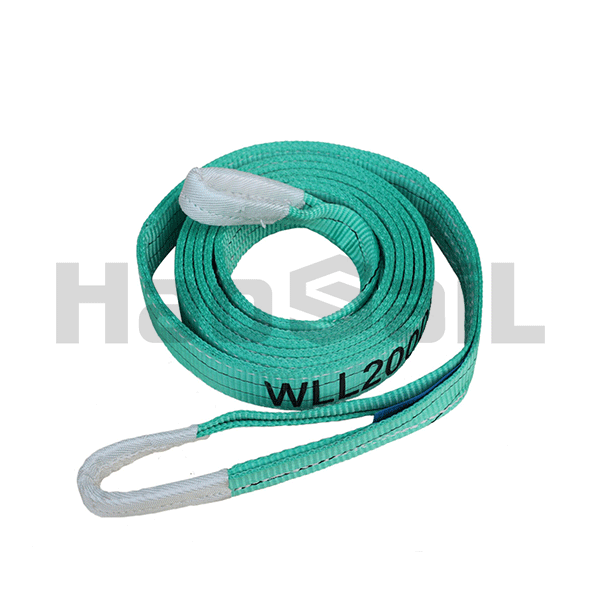When using swivel hooks for lifting and rigging operations, it is important to follow safety guidelines to ensure safe and effective use. Here are some common safety guidelines for using swivel hooks:
Select the Right Swivel Hook: Ensure that the swivel hook you choose is suitable for the intended application and load requirements. Consider factors such as load capacity, material compatibility, and design specifications. Follow the manufacturer's recommendations and guidelines for the proper use of the swivel hook.
Inspect Before Use: Inspect the swivel hook before each use to ensure it is in proper working condition. Check for any signs of wear, damage, or deformation. Look for cracks, bent components, or loose parts. If any defects or abnormalities are found, remove the swivel hook from service and replace it.
Proper Load Capacity: Ensure that the load being lifted does not exceed the load capacity of the swivel hook. Refer to the manufacturer's specifications for the maximum working load limit (WLL) of the swivel hook. It is important to consider the load angle, sling configuration, and other factors that may affect the load capacity.
Correct Attachment: Attach the sling leg or rigging component securely to the swivel hook. Follow proper rigging techniques and use appropriate connectors, such as shackles or links, to ensure a reliable connection. Ensure that the load is evenly distributed among the sling legs and that the swivel hook is properly aligned with the load.
Avoid Side Loading: Do not subject the swivel hook to side loads. Side loading can cause excessive stress and compromise the strength and integrity of the swivel hook. Ensure that the load is applied in the intended direction and avoid any lateral or angular forces that could result in side loading.
Regular Inspection and Maintenance: Perform regular inspections of the swivel hook to identify any signs of wear, damage, or deformation. Inspect the rotating mechanism, bolts, pins, and other components for proper functioning. Clean the swivel hook as needed and lubricate it according to the manufacturer's recommendations.
Follow Proper Lifting Practices: Adhere to proper lifting practices and techniques when using swivel hooks. Ensure that the lifting operation is well-planned, and all personnel involved are trained in safe lifting procedures. Pay attention to load control, balance, and stability throughout the lifting process.
Training and Competence: Ensure that individuals operating or working with swivel hooks are properly trained and competent in rigging and lifting operations. They should understand the limitations, inspection procedures, and safe use of swivel hooks.
By following these safety guidelines, you can help maximize the safety and effectiveness of using swivel hooks in lifting and rigging operations. Always prioritize safety and consult relevant industry standards and regulations for additional guidance.







